Introduction

Duck soup, a timeless culinary delight, has captivated the hearts and taste buds of food enthusiasts worldwide. Its rich, savory broth, tender meat, and aromatic spices create a harmonious symphony that warms the soul and nourishes the body. While there are numerous variations and recipes for duck soup, mastering the art of making it truly delicious involves understanding the nuances of ingredient selection, cooking techniques, and seasoning. This comprehensive guide aims to demystify the process and provide you with step-by-step instructions to craft a duck soup that will leave your guests asking for seconds.
Section 1: Ingredient Selection
The foundation of any great dish lies in its ingredients, and duck soup is no exception. Here are the key components you’ll need to create a memorable meal:
-
Duck Meat: Choose a high-quality duck, preferably free-range and organic, to ensure optimal flavor and texture. Whole ducks or duck parts like breasts or legs can be used, depending on your preference and recipe.
-
Vegetables: A blend of vegetables adds depth and nutrition to your soup. Common choices include carrots, celery, onions, and garlic. Leeks, turnips, and parsnips can also be incorporated for additional layers of flavor.
-
Aromatics: Herbs and spices such as bay leaves, thyme, rosemary, black peppercorns, and ginger provide essential aromatic notes. Star anise and cloves can add a subtle sweetness and complexity.
-
Broth: A good-quality duck or chicken broth is crucial. Homemade broth, made from simmering duck bones and vegetables, will yield the most flavorful results. If time is a constraint, use a high-quality store-bought broth as a base.
-
Liquids: Water, wine, or a combination of both can be used to achieve the desired consistency and flavor profile. Red wine adds a rich, earthy tone, while white wine offers a lighter, fresher flavor.

-
Seasonings: Salt, to taste, is essential for enhancing the flavors. Optionally, soy sauce or fish sauce can be added for a umami boost.
Section 2: Preparation and Cooking Techniques
With your ingredients in place, it’s time to dive into the preparation and cooking process. Here’s a detailed breakdown:
-
Duck Preparation:
- Start by thoroughly rinsing the duck meat under cold running water.
- Pat it dry using paper towels to remove any excess moisture.
- Season the duck generously with salt and pepper.
- Optionally, sear the duck pieces in a hot pan with a small amount of oil until browned on all sides. This step helps to lock in juices and add a caramelized flavor to the soup.
-
Vegetable Prep:
- Chop the vegetables into uniform sizes to ensure they cook evenly.
- Sautée the aromatic vegetables (onions, garlic, leeks) in a pot until translucent and fragrant. This releases their natural oils and flavors.
-
Building the Broth:
- Add the seared duck pieces and aromatic spices (bay leaves, thyme, rosemary, peppercorns) to the pot with the sautéed vegetables.
- Pour in enough broth and liquid (water or wine) to fully submerge the duck and vegetables.
- Bring the mixture to a boil, then reduce the heat to a gentle simmer.
-
Simmering:
- Simmer the soup uncovered for at least 2-3 hours, or until the duck meat is tender and falling off the bone. Skim off any foam or impurities that rise to the surface during this time.
- Add the remaining vegetables (carrots, celery, turnips) halfway through the cooking process to avoid overcooking them.
-
Taste and Adjust:
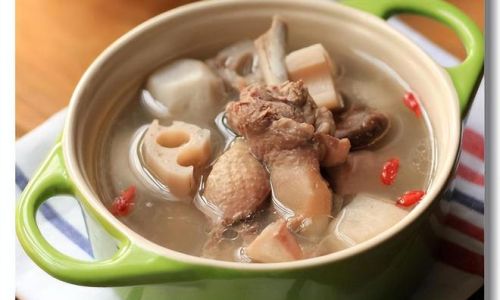
- After the duck is cooked, remove it from the pot and let it cool slightly. Shred or chop the meat and return it to the soup.
- Taste the broth and adjust the seasoning with salt, pepper, and additional herbs as needed.
-
Final Touches:
- For a richer flavor, you can finish the soup with a splash of cream or a drizzle of olive oil.
- Garnish with freshly chopped parsley, chives, or a sprinkle of toasted sesame seeds for added color and texture.
Section 3: Serving and Enjoying
Serving duck soup is an art form that should be approached with care and creativity. Here are some tips to elevate your dining experience:
-
Presentation: Ladle the soup into warm bowls, ensuring each serving contains a generous portion of duck meat and vegetables. Garnish with freshly chopped herbs and a slice of lemon or lime for a refreshing touch.
-
Accompaniments: Pair your duck soup with crusty bread, rice, or noodles to soak up the delicious broth. A side salad with vinaigrette dressing provides a refreshing contrast to the rich flavors of the soup.
-
Wine Pairing: A full-bodied red wine, such as a Cabernet Sauvignon or Merlot, complements the rich, earthy tones of the duck soup. Alternatively, a robust white wine like a Chardonnay or Viognier can also work well, especially if the soup has lighter, fresher notes.
Section 4: Tips and Tricks for Perfection
-
Patience is Key: The longer you simmer the soup, the more flavors will meld together, creating a more complex and satisfying dish.
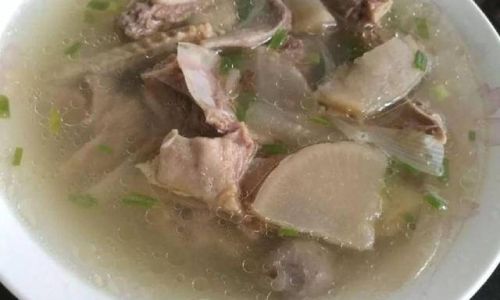
-
Quality Ingredients: Always use the best ingredients you can afford. High-quality duck, fresh vegetables, and aromatic spices make a world of difference.
-
Taste Frequently: Regularly taste the soup as it cooks to adjust the seasoning and ensure it’s developing to your liking.
-
Experiment with Flavors: Don’t be afraid to experiment with different herbs, spices, and vegetables to find a combination that suits your taste preferences.
-
Storage and Reheating: Store leftover soup in an airtight container in the refrigerator for up to 3 days. Reheat gently on the stovetop, stirring occasionally to prevent sticking.
Conclusion
Crafting a delicious duck soup is a rewarding culinary endeavor that combines skill, patience, and a love for good food. By following this guide, you’ll be able to create a dish that is not only nutritious and comforting but also bursting with flavor and aroma. Whether you’re serving it to family and friends or enjoying it as a solo meal, duck soup has the power to transform an ordinary day into a memorable culinary experience. So, gather your ingredients, roll up your sleeves, and embark on a journey to culinary excellence. Bon appétit!
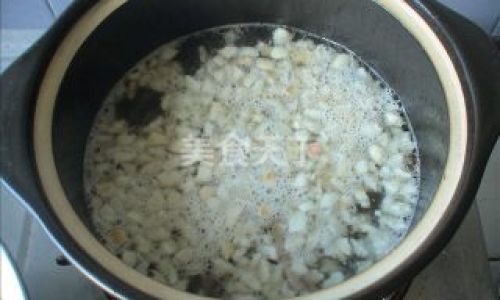
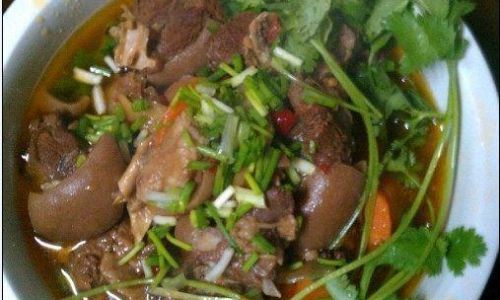
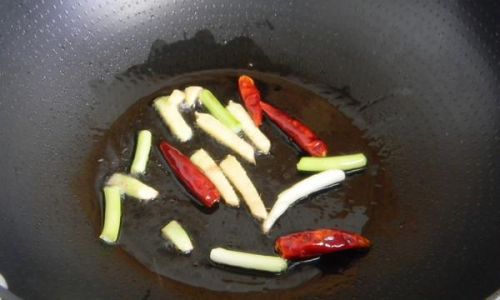
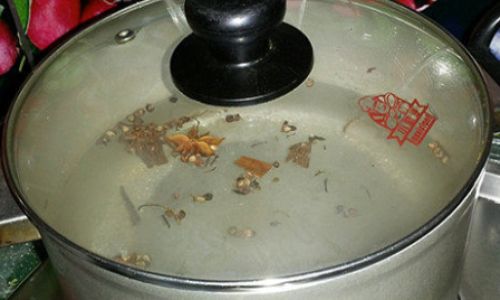
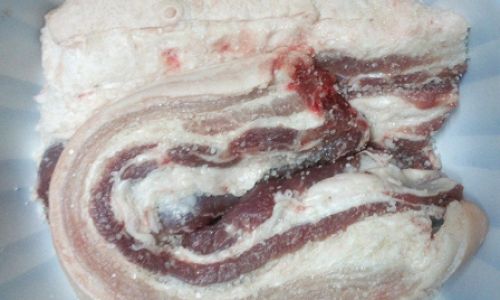
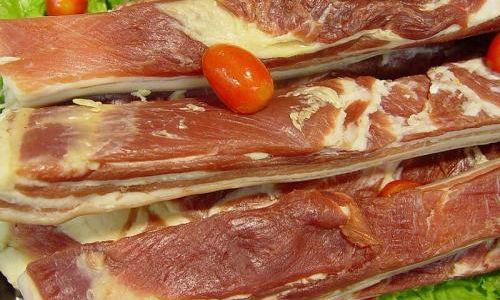
0 comments